Measurements on a chiral magnet show that non-symmorphic symmetries enforce topological crossings exactly at the Fermi level in certain materials; these crossings can be controlled by an applied magnetic field.


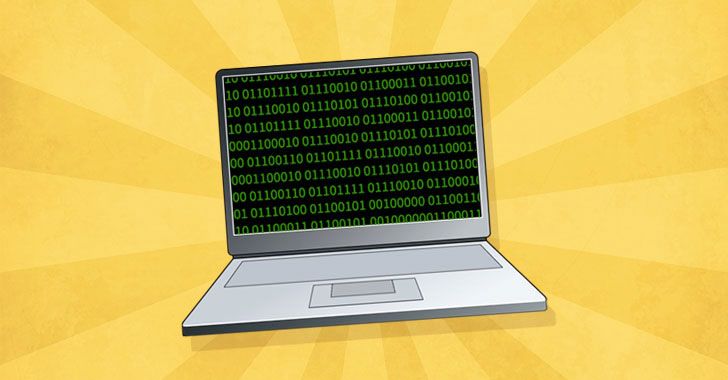

A Middle Eastern advanced persistent threat (APT) group has resurfaced after a two-month hiatus to target government institutions in the Middle East and global government entities associated with geopolitics in the region in a rash of new campaigns observed earlier this month.
Sunnyvale-based enterprise security firm Proofpoint attributed the activity to a politically motivated threat actor it tracks as TA402, and known by other monikers such as Molerats and GazaHackerTeam.
The threat actor is believed to be active for a decade, with a history of striking organizations primarily located in Israel and Palestine, and spanning multiple verticals such as technology, telecommunications, finance, academia, military, media, and governments.

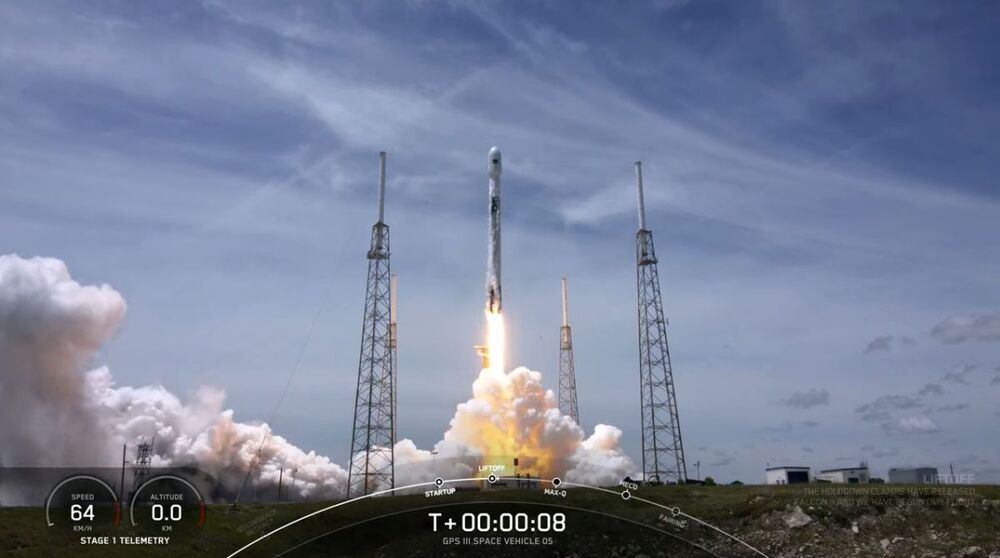
It’s SpaceX’s 19th rocket launch (and landing) of the year.
All of this is great news for SpaceX, as the company has been relying heavily on its fleet of veteran rockets, with many Falcon 9 first stages having racked up five or more flights each.
Out of 19 missions so far this year, only one has featured a brand new Falcon 9; the rest were on flight-proven boosters.
It’s also great news for Space Force and taxpayers as flying on reused rockets translates to a savings of nearly $53 million across the two flights (GPS III-SV05 and GPS III-SV06), Space Force officials said.
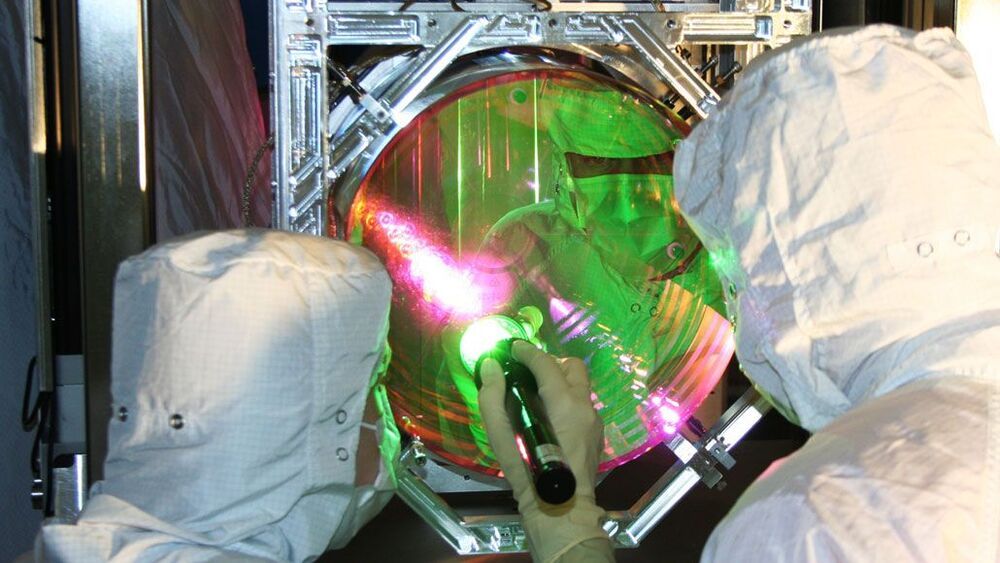

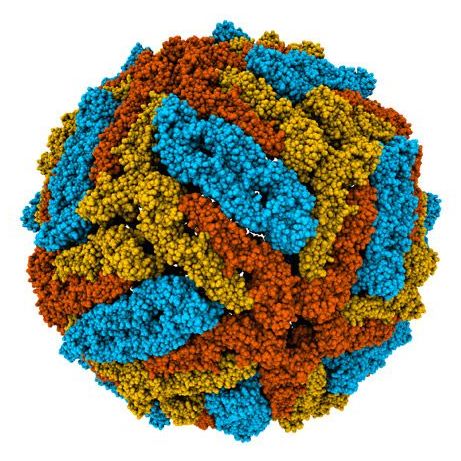

Observing the secrets of the universe’s “Dark Ages” will require capturing ultra-long radio wavelengths—and we can’t do that on Earth.
The universe is constantly beaming its history to us. For instance: Information about what happened long, long ago, contained in the long-length radio waves that are ubiquitous throughout the universe, likely hold the details about how the first stars and black holes were formed. There’s a problem, though. Because of our atmosphere and noisy radio signals generated by modern society, we can’t read them from Earth.
That’s why NASA is in the early stages of planning what it would take to build an automated research telescope on the far side of the moon. One of the most ambitious proposals would build the Lunar Crater Radio Telescope, the largest (by a lot) filled-aperture radio telescope dish in the universe. Another duo of projects, called FarSide and FarView, would connect a vast array of antennas—eventually over 100000, many built on the moon itself and made out of its surface material—to pick up the signals. The projects are all part of NASA’s Institute for Advanced Concepts (NIAC) program, which awards innovators and entrepreneurs with funding to advance radical ideas in hopes of creating breakthrough aerospace concepts. While they are still hypothetical, and years away from reality, the findings from these projects could reshape our cosmological model of the universe.
“With our telescopes on the moon, we can reverse-engineer the radio spectra that we record, and infer for the first time the properties of the very first stars,” said Jack Burns, a cosmologist at the University of Colorado Boulder and the co-investigator and science lead for both FarSide and FarView. “We care about those first stars because we care about our own origins—I mean, where did we come from? Where did the Sun come from? Where did the Earth come from? The Milky Way?”
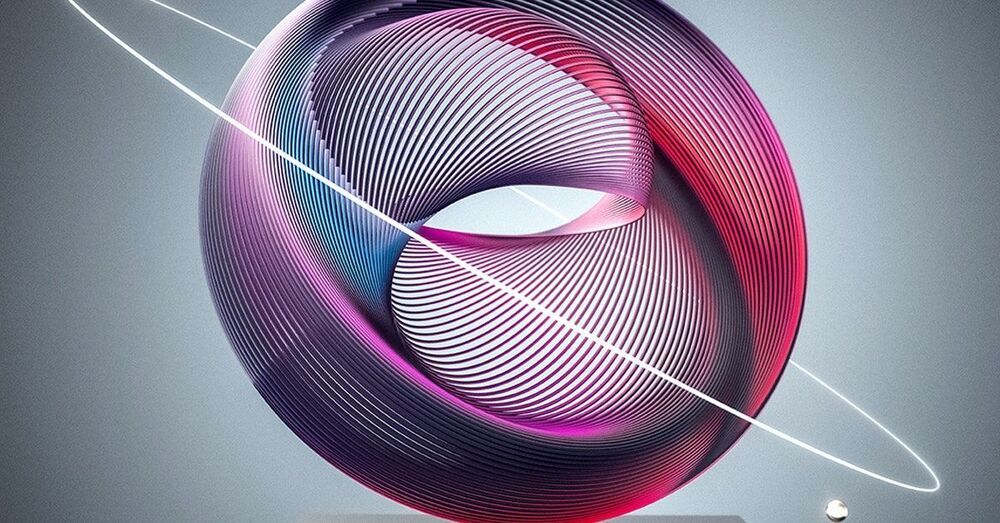
In the very last moments of the movie, however, you would also see something unusual: the sprouting of clouds of satellites, and the wrapping of the land and seas with wires made of metal and glass. You would see the sudden appearance of an intricate artificial planetary crust capable of tremendous feats of communication and calculation, enabling planetary self-awareness — indeed, planetary sapience.
The emergence of planetary-scale computation thus appears as both a geological and geophilosophical fact. In addition to evolving countless animal, vegetal and microbial species, Earth has also very recently evolved a smart exoskeleton, a distributed sensory organ and cognitive layer capable of calculating things like: How old is the planet? Is the planet getting warmer? The knowledge of “climate change” is an epistemological accomplishment of planetary-scale computation.
Over the past few centuries, humans have chaotically and in many cases accidentally transformed Earth’s ecosystems. Now, in response, the emergent intelligence represented by planetary-scale computation makes it possible, and indeed necessary, to conceive an intentional, directed and worthwhile planetary-scale terraforming. The vision for this is not to be found in computing infrastructure itself, but in the purposes to which we put it.